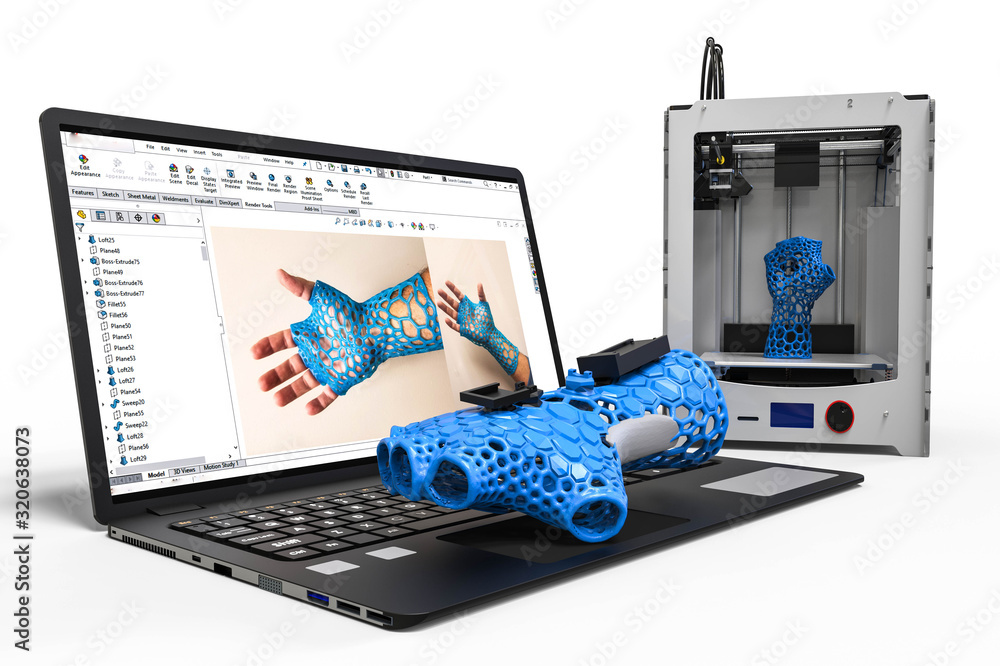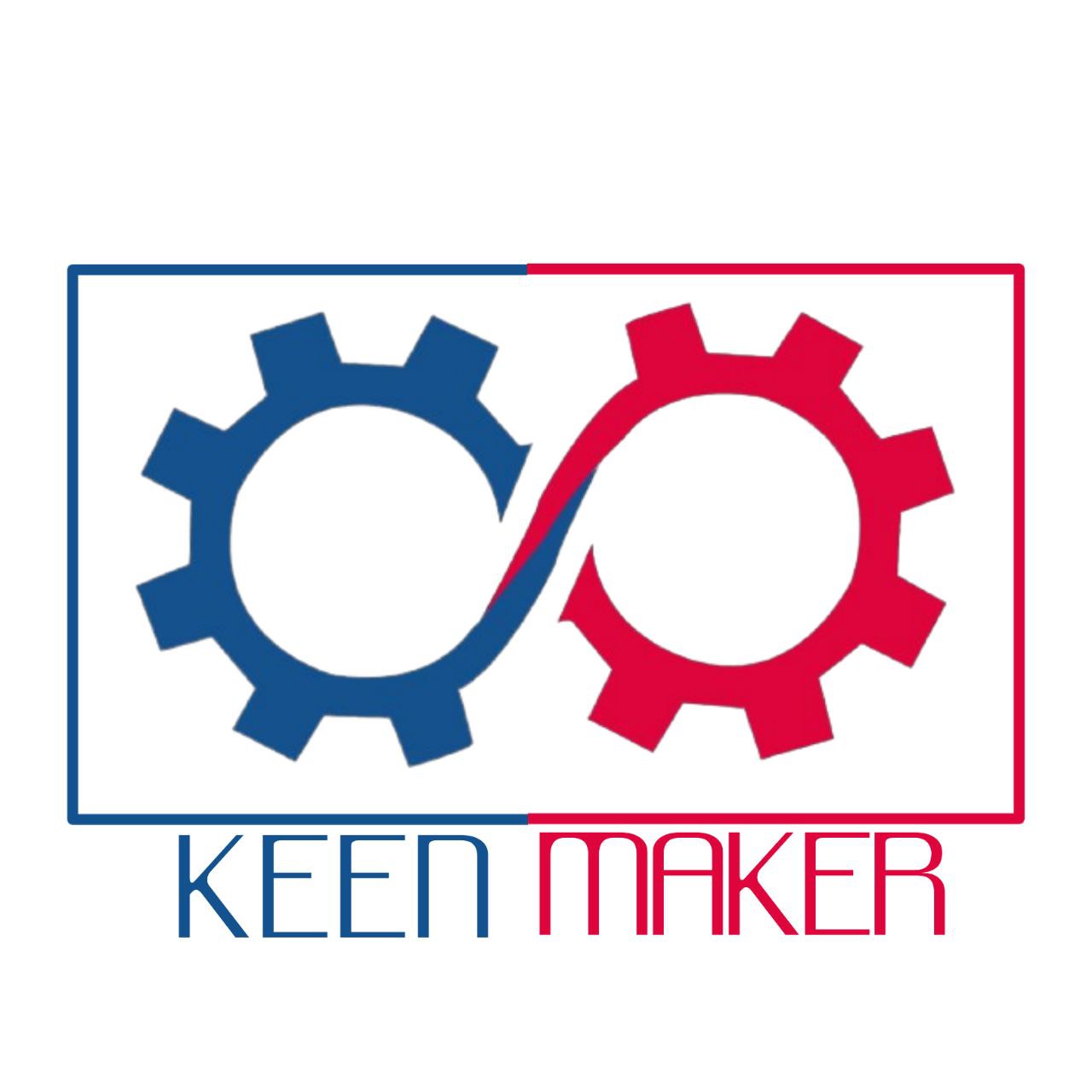
The advent of 3D printing has revolutionized the manufacturing landscape, offering unprecedented flexibility and efficiency in product development. Initially celebrated for its prototyping capabilities, 3D printing is now making significant inroads into full-scale production. This article delves into the process of scaling up from prototype to production using 3D printing, exploring its benefits, challenges, and best practices for successful implementation.
Table of Contents
The Evolution of 3D Printing
Early Days: Prototyping
3D printing, also known as additive manufacturing, began as a tool primarily used for rapid prototyping. It enabled designers and engineers to quickly create physical models of their digital designs, facilitating the iterative process of product development.
Today: Full-Scale Production
Advancements in 3D printing technology, materials, and processes have expanded its applications beyond prototyping to include full-scale production. Industries such as aerospace, healthcare, automotive, and consumer goods are increasingly adopting 3D printing for manufacturing complex, high-performance parts.
Benefits of Scaling Up with 3D Printing
The transition from prototyping to production using 3D printing offers numerous advantages that can drive innovation and efficiency.
Design Flexibility
3D printing allows for the creation of complex geometries and intricate designs that are difficult or impossible to achieve with traditional manufacturing methods. This design flexibility opens up new possibilities for product innovation and customization.
Rapid Iteration and Time-to-Market
3D printing enables rapid iteration during the prototyping phase, allowing for quick testing and refinement of designs. Once a design is finalized, the same technology can be used for production, significantly reducing time-to-market.
Cost-Effective Production
For low to medium volume production runs, 3D printing can be more cost-effective than traditional manufacturing methods, which often require expensive tooling and molds. It also reduces material waste, further lowering production costs.
Customization and Personalization
3D printing excels at producing customized and personalized products. This capability is particularly valuable in industries such as healthcare, where patient-specific implants and prosthetics can be tailored to individual needs.
Supply Chain Simplification
By enabling on-demand production, 3D printing can simplify supply chains and reduce inventory costs. Manufacturers can produce parts as needed, minimizing the need for large warehouses and complex logistics.
Challenges of Scaling Up with 3D Printing
Despite its many benefits, scaling up from prototyping to production with 3D printing presents several challenges that must be addressed.
Material Limitations
While the range of materials available for 3D printing has expanded, there are still limitations in terms of material properties, such as strength, durability, and heat resistance. Identifying suitable materials for production applications is critical.
Production Speed
3D printing can be slower than traditional manufacturing methods, particularly for high-volume production runs. Optimizing printing speed without compromising quality is a key challenge.
Quality and Consistency
Maintaining consistent quality across multiple parts can be difficult with 3D printing. Variations in printer calibration, material quality, and environmental conditions can impact the final product.
Post-Processing Requirements
Many 3D printed parts require post-processing steps such as cleaning, sanding, and painting to achieve the desired finish and properties. These additional steps can add time and cost to the production process.
Regulatory and Certification Issues
In regulated industries such as aerospace and healthcare, obtaining certification for 3D printed parts can be complex and time-consuming. Ensuring compliance with industry standards and regulations is essential.
Strategies for Successful Scale-Up
To successfully transition from prototyping to production with 3D printing, businesses must adopt strategic approaches and best practices.
Select the Right Technology
Different 3D printing technologies offer varying capabilities in terms of speed, material compatibility, and precision. Selecting the right technology for your specific production needs is crucial for success.
Optimize Design for Additive Manufacturing (DfAM)
Designing for additive manufacturing involves optimizing designs to take advantage of 3D printing capabilities while minimizing its limitations. This includes reducing material use, minimizing support structures, and improving part orientation.
Implement Quality Control Measures
Establishing robust quality control measures is essential to ensure consistency and reliability in production. This includes regular calibration of printers, thorough testing of materials, and implementing inspection processes.
Invest in Post-Processing Solutions
Investing in efficient post-processing solutions can streamline production and improve the quality of final products. Automated post-processing systems can reduce manual labor and increase throughput.
Collaborate with Experts
Partnering with experienced 3D printing service providers and consultants can provide valuable insights and expertise, helping businesses navigate the complexities of scaling up production.
Continuous Monitoring and Improvement
Continuous monitoring of the production process and ongoing improvements are vital for maintaining quality and efficiency. Leveraging data analytics and feedback loops can drive iterative enhancements.
Case Studies: Successful Scale-Up Examples
General Electric (GE) Aviation
GE Aviation has successfully integrated 3D printing into its production process for manufacturing fuel nozzles for jet engines. By using 3D printing, GE reduced the number of parts in the nozzle from 20 to 1, resulting in a lighter, more efficient component. The company has produced over 30,000 fuel nozzles using additive manufacturing.
Invisalign
Invisalign, a company specializing in clear aligners for teeth straightening, leverages 3D printing for mass production. By using 3D printing, Invisalign can produce customized aligners for each patient, manufacturing millions of aligners annually with high precision and consistency.
Adidas
Adidas has embraced 3D printing to produce customized midsoles for its Futurecraft 4D sneakers. The company uses a proprietary 3D printing technology called Digital Light Synthesis to create high-performance, tailored midsoles that enhance comfort and performance for individual athletes.
The Future of 3D Printing in Production
The future of 3D printing in production looks promising, with ongoing advancements poised to further expand its capabilities and applications.
New Materials and Composites
Research and development in new materials and composites will continue to broaden the range of applications for 3D printing in production. High-performance materials with enhanced properties will enable the manufacturing of more durable and functional parts.
Hybrid Manufacturing
The integration of 3D printing with traditional manufacturing methods, known as hybrid manufacturing, will offer new possibilities for production. This approach combines the strengths of both technologies to create more efficient and versatile manufacturing processes.
Automation and AI Integration
The incorporation of automation and artificial intelligence (AI) into 3D printing processes will enhance efficiency, precision, and scalability. AI-driven optimization and real-time monitoring will streamline production and improve quality control.
Sustainable Manufacturing
3D printing has the potential to contribute to more sustainable manufacturing practices by reducing material waste, enabling on-demand production, and supporting the use of eco-friendly materials. The focus on sustainability will drive further innovation in the field.
Scaling up from prototype to production using 3D printing offers a transformative approach to manufacturing, enabling businesses to leverage design flexibility, rapid iteration, and cost-effective production. While challenges exist, strategic implementation and continuous improvement can unlock the full potential of 3D printing in production. As technology advances and new innovations emerge, the role of 3D printing in manufacturing will continue to grow, shaping the future of production and driving unprecedented levels of creativity and efficiency.
